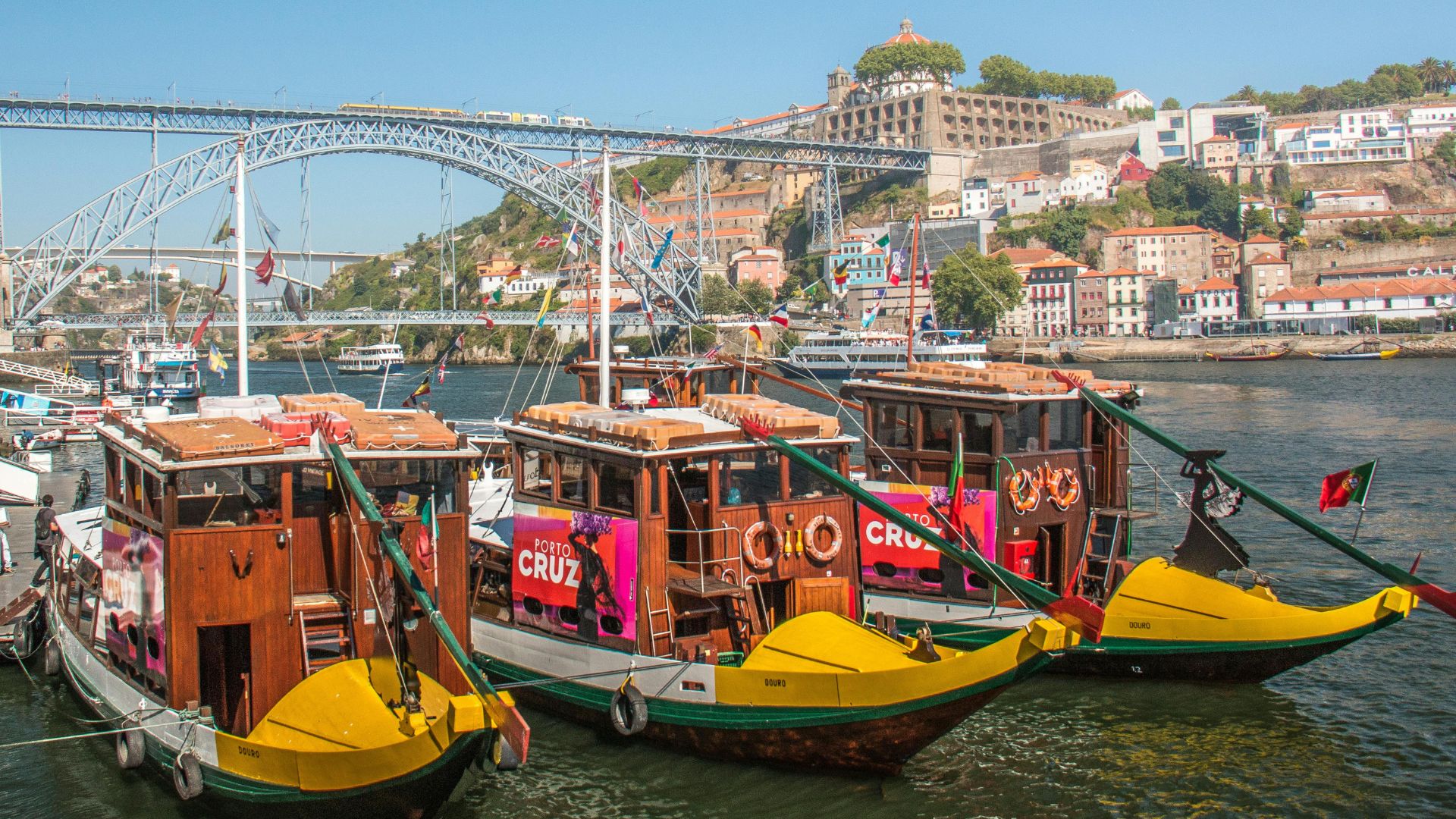The Douro River gently weaves through northern Portugal, carving its way between rolling hills and some of the world’s most stunning terraced vineyards.
Honestly, cruising the Douro River feels like the best way to see the valley. You can just settle in and watch the landscapes shift—grape-covered slopes and historic wine estates drift by as you float along.
From the deck, the Douro Valley opens up in a way you just can’t get by car. Each bend uncovers new villages, family-run quintas, and grand estates tucked into hillsides.
As I sailed through this UNESCO-listed region, the river’s calm pace set the mood for exploring famous port wine estates. The valley’s peacefulness just seeps in.
Drifting between green terraces, I stopped to taste local wines right where they’re made. It’s not just the wine—it’s the story, the care, and the history in every glass.
When the golden light spilled across the Douro in the evening, I finally understood why so many people call a river cruise the ultimate way to experience Portugal’s wine country.

Why Cruise the Douro River? The Heart of Portugal’s Wine Region
Gliding along the Douro River brought me face to face with Portugal’s famous wine country. History and nature blend together here.
River cruises show off terraced vineyards, quiet villages, and cultural gems you’d probably miss without a boat.
The Charm of River Cruising in the Douro Valley
Every new bend in the river surprised me. Steep hills stacked with vine rows line both sides, creating patterns that generations of winegrowers shaped.
The Douro River Valley is all about the scenery, sure, but there’s more to it.
On board, I kicked back and took it all in. Many riverboats here have pools or shaded lounges up top—perfect for those hot Portuguese days.
Afternoons, I’d dip my feet in the pool and sip a glass of local wine. The sun warmed my face as we drifted past tiny towns and old quintas.
Stopping at riverside villages felt effortless. Some places, like Peso da Régua, are famous for port wine.
Other villages, I wandered on foot—cobblestone streets, quiet churches, and local food everywhere. I loved how the cruise made these moments possible without the stress of planning or driving.
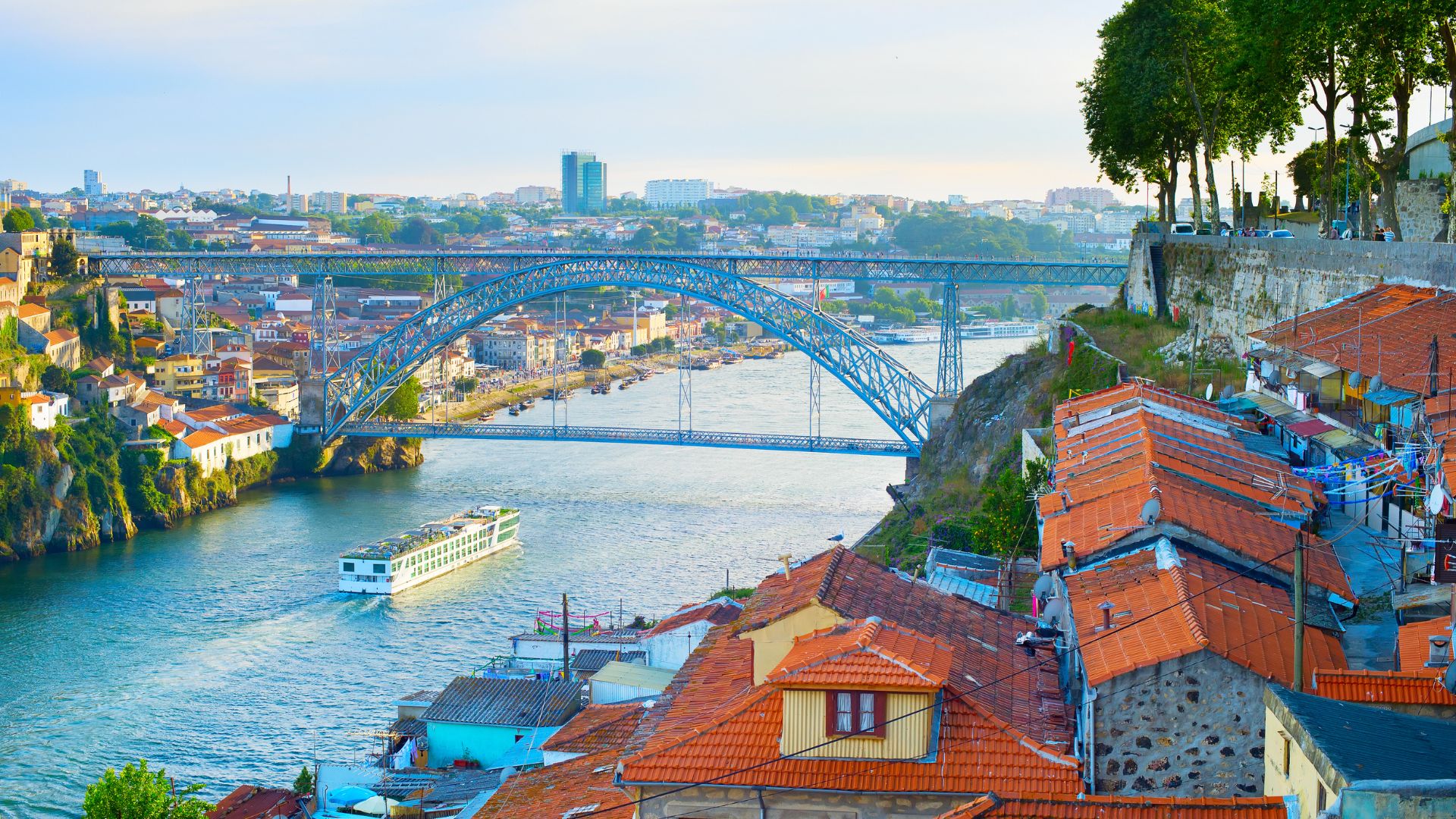
A UNESCO World Heritage Site: History & Significance
The Douro River Valley holds UNESCO World Heritage status, thanks to its beauty and wine legacy. Terraced vineyards—built by hand over centuries—show just how determined and skilled local growers are.
I could feel the pride behind every glass of port or table wine. Many quintas open their doors for tours and tastings, and winemakers often share stories of their craft.
I learned how people used to float wine barrels downstream to Porto on traditional boats.
Walking through the vineyards, I pictured travelers and merchants from long ago, drawn to this lush valley. The mix of living history and jaw-dropping landscapes gives the Douro its own spirit.
Choosing River Cruises Versus Land-Based Wine Tours
I’ve tried both river cruises and land tours in wine regions. In the Douro, cruising just felt smoother and more scenic.
The river acts like a highway, taking you straight through the heart of wine country. I could visit several highlights with almost no hassle.
Land tours mean lots of driving on winding roads. Cruising let me unpack once and wake up somewhere new every day.
Guided excursions took care of all the logistics—from vineyard visits to exploring villages.
Here’s a quick snapshot of the differences:
| Cruise Experience | Land-Based Tour |
|---|---|
| Views from the river and easy access to quintas | Scenic drives, but more tiring |
| Comfortable accommodation on board | Packing and unpacking at different hotels |
| Onboard amenities (pool, meals, relaxing spaces) | Must find restaurants and manage transport |
| Guided, well-paced excursions | Plan and book visits yourself |
If you want scenery, wine, and a bit of luxury without the stress, I think river cruising through the Douro Valley is tough to beat.

All Aboard: How to Plan and Book the Douro River Cruise Experience
Planning my Douro River cruise took some research, timing, and figuring out what I wanted from the trip.
Choosing the right season, amenities, and cruise line all made a difference. Every step shaped a trip I still think about.
Best Time to Cruise and Weather Considerations
The Douro Valley has a Mediterranean climate—hot summers, mild winters. I found river cruises mostly run April to October.
Spring (April–June) brought colorful vineyards and comfy temperatures, usually between 60°F and 77°F.
July and August? Hot, sometimes over 90°F. The valley buzzes with life, but prices and crowds peak then, too.
If you like things quieter, September and October are lovely. Harvest is on, and the hills turn gold and red.
Many cruise lines, like Viking River Cruises and AmaWaterways, run special wine-themed trips during harvest.
Winter cruises are rare. Most ships dock from November to March.
For me, late spring or early fall had the best mix of fewer crowds and pleasant weather.

Cruise Options: Luxury, Boutique, and Budget-Friendly
There’s a Douro cruise for nearly every style and budget. Luxury lines like Uniworld and Scenic Azure offer elegant staterooms, top service, and gourmet meals.
APT is another premium choice, often praised for all-inclusive perks.
Boutique lines, such as AmaWaterways and Avalon, run smaller ships with more personalized service. These cruises often include special wine tastings and cultural tours.
If you’re watching your wallet, companies like Emerald Radiance offer comfortable cruises with the essentials and guided excursions at a friendlier price.
No matter the budget, all cruises glide past vineyards and historic towns like Porto, Régua, and Pinhão.
Here’s a quick comparison table:
| Cruise Line | Style | Notable Features |
|---|---|---|
| Uniworld | Luxury | Boutique ships, all-inclusive, fine dining |
| Scenic Azure | Luxury | Spacious suites, butler service, expert guides |
| APT | Luxury | All excursions included, premium wines |
| AmaWaterways | Boutique | Wine-themed cruises, smaller ships |
| Avalon | Boutique | Modern staterooms, flexible excursions |
| Emerald Radiance | Budget | Value pricing, comfortable amenities |
| Viking River Cruises | Premium | Scandinavian design, informative lectures |
Booking Tips and What’s Included in a Typical Package
Booking my Douro cruise got easier once I picked a month and cruise line. I learned it’s smart to book six to twelve months ahead for the best cabins and prices.
Some lines offer last-minute deals, but the top rooms go fast.
Most Douro cruise packages include:
- River-view stateroom accommodation
- All meals on board, often with wine and local beer
- Guided tours, like Porto city walks and vineyard visits
- Some lines include airport transfers and gratuities
I’d say read the fine print. Luxury lines like Uniworld and Scenic usually include more—excursions and drinks, for example.
Budget options (like Emerald Radiance) might charge extra for certain tours or wine with dinner.
Booking through the cruise line’s website or a good travel agent can sometimes get you perks like onboard credit or upgrades.
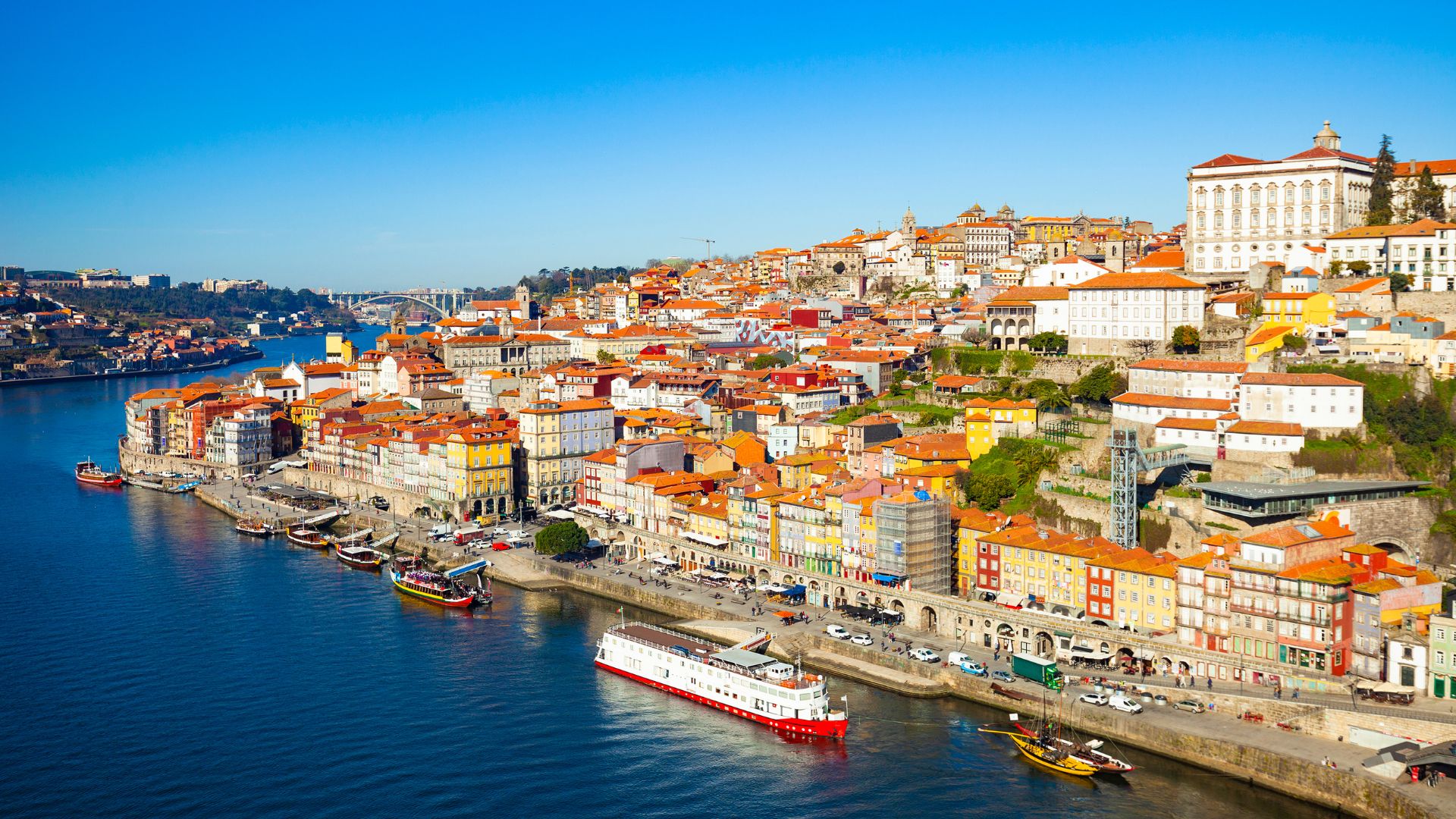
Must-Have Amenities: Staterooms, Gourmet Dining, and More
The right details made my Douro cruise feel comfortable. A stateroom with big windows or a balcony was a must for sunrise views over the hills.
Many ships have spa-style bathrooms, plush beds, and plenty of storage. I could unpack and settle in for the week.
Dining was a highlight. Whether I tried regional dishes on AmaWaterways or had elegant dinners on Scenic Azure, the food stood out.
Most cruises—no matter the price—showcase local wines and Portuguese flavors.
Other amenities I loved: small pools, sunny decks, and cozy lounges for evening music or a good book.
Some luxury cruises even have wellness centers and daily yoga.
Even on a budget, ships like Emerald Radiance offered tasty food, friendly staff, and modern comforts. That mix of casual luxury and constant scenery made each day special.
On the Water: Sights, Sounds, and Sips Along the Douro
Sailing the Douro River put me right in the heart of Portugal’s famous wine region. From the deck, I watched steep vineyards, busy quintas, and cheerful villages slide by.
The journey combined gorgeous views with the best tastes and stories from the valley.
Sailing Past Terraced Vineyards & Quintas
Early mornings, I’d watch mist lift off the water and reveal hills covered in terraced vineyards.
These slopes, carved by hand for centuries, show just how important wine is here.
Old stone walls support green rows of vines, and every turn brings fresh views of family-run quintas.
Some vineyards, like Quinta da Pacheca, caught my eye with elegant manor houses right by the river.
River cruising let me spot harvest crews in action and baskets of grapes being hauled in. Sometimes I’d see modern estates, but most quintas looked timeless, blending into the wild Douro Valley.
The river moved slowly, carrying bird calls and the faint scent of wildflowers along the banks.
Between villages and vineyards, I felt like I’d stepped into a living postcard. Every bend offered something new.
Scenic Stops: Porto, Pinhão, and Beyond
We started in Porto, a city full of narrow lanes and blue-tiled buildings. I wandered old port wine lodges and took in views from the Dom Luís I Bridge.
The riverfront buzzed with life.
Further east, we reached Peso da Régua, home to the Douro Museum. The museum gave me a quick but deep dive into the region’s wine history.
Next came Pinhão, the valley’s real heart. It’s a small place, but the tiled train station—covered in grape harvest scenes—stuck with me.
Some stops brought us to quieter villages like Provesende. Narrow streets and stone houses slowed everything down.
At each town, the ship docked long enough to explore, grab coffee, or browse a market selling local olive oil or queijo (cheese).

Excursions: Wine Tastings, Quintas, and Historic Towns
Every Douro cruise includes guided wine tours. I visited both grand and family-run quintas, like Quinta do Tedo.
Friendly hosts explained how their grapes become port and wines like Vinho Verde. In cool cellars, I sampled ruby-red ports and crisp whites, learning to taste the differences.
Excursions took us into hillside vineyards, taught us about grape varieties, and included stops at little museums.
Some days, we joined in grape harvests or tried making sweet port cocktails.
Other outings paired local food with each tasting—think olives, cured meats, or almond cakes.
When I wasn’t tasting, I wandered old town lanes dotted with churches and tiny squares. Each stop offered a new glimpse into the Douro’s story, shaped by wine and water for generations.
I left with a new love for both the taste and the spirit of the Valley.
Taste & Culture: Immersing Yourself in Douro Valley Traditions
Sailing the Douro River is so much more than a scenic ride—it’s a daily invitation to dive into Portuguese culture through food, music, and, of course, wine.
At every stop, I discovered traditions that shape the valley’s way of life, from vineyard terraces to tables full of local flavors.
Port Wine, Douro DOC Wines, and Local Varietals
That first sip of real port wine in its birthplace—wow, it just sets the mood for the whole trip. The Douro Valley shines for its fortified wines, especially those ruby, tawny, and vintage ports made from native grapes like Touriga Nacional and Tinta Roriz.
Turns out, Douro wines aren’t all sweet. Douro DOC wines include bold reds and crisp whites, all blended from local grapes you won’t find anywhere else.
Winemakers love to share stories about the grape harvest and how they still use traditional foot-treading.
Notable Douro Varietals:
| Red Grapes | White Grapes |
|---|---|
| Touriga Nacional | Rabigato |
| Touriga Franca | Gouveio |
| Tinta Barroca | Viosinho |
Wine culture here is woven into daily life. Every estate I stepped into felt proud of its family history, with rows of oak barrels and a story behind each one.

Tasting Opportunities: From Fortified Wines to Vinho Verde
Tasting port at cellar doors and hillside estates really shows off the valley’s deep winemaking roots. During my cruise, I tried everything from classic ruby and tawny ports to lighter white port—honestly, you hardly ever see that one outside Portugal.
Guided tastings sometimes overlook the exact terraces where those grapes grew. Local experts explained the differences between fortified and still wines, and how the climate, soil, and grape variety shape every bottle.
There’s more than just port, too. I enjoyed crisp, citrusy Vinho Verde and some surprisingly elegant Douro whites—perfect for a sunny afternoon on deck.
A list of must-try wines includes:
- Ruby port
- Tawny port
- White port
- Douro DOC reds
- Vinho Verde
Each tasting felt like a mini-lesson in regional pride. People encourage questions, and conversation flows as easily as the wine.
Local Specialties: Traditional Portuguese Lunches and Delicacies
Meals in the Douro Valley stretch out, relaxed and focused on fresh, simple ingredients. On excursion days, I joined locals for a traditional Portuguese lunch, usually with bacalhau (salt cod), grilled sardines, crusty bread, and local olive oil.
Sometimes, dessert meant creamy pastéis de nata with coffee or maybe a splash of chilled port. Lunch is as much about the laughter and conversation as the food itself, with wine always close at hand.
One afternoon, I landed at a quinta (wine estate) for a homecooked meal. Here’s a typical menu I saw:
| Starter | Main Course | Dessert |
|---|---|---|
| Olives, Almonds | Bacalhau | Pastéis de nata |
| Local Cheese | Grilled Sardines | Almond tart |
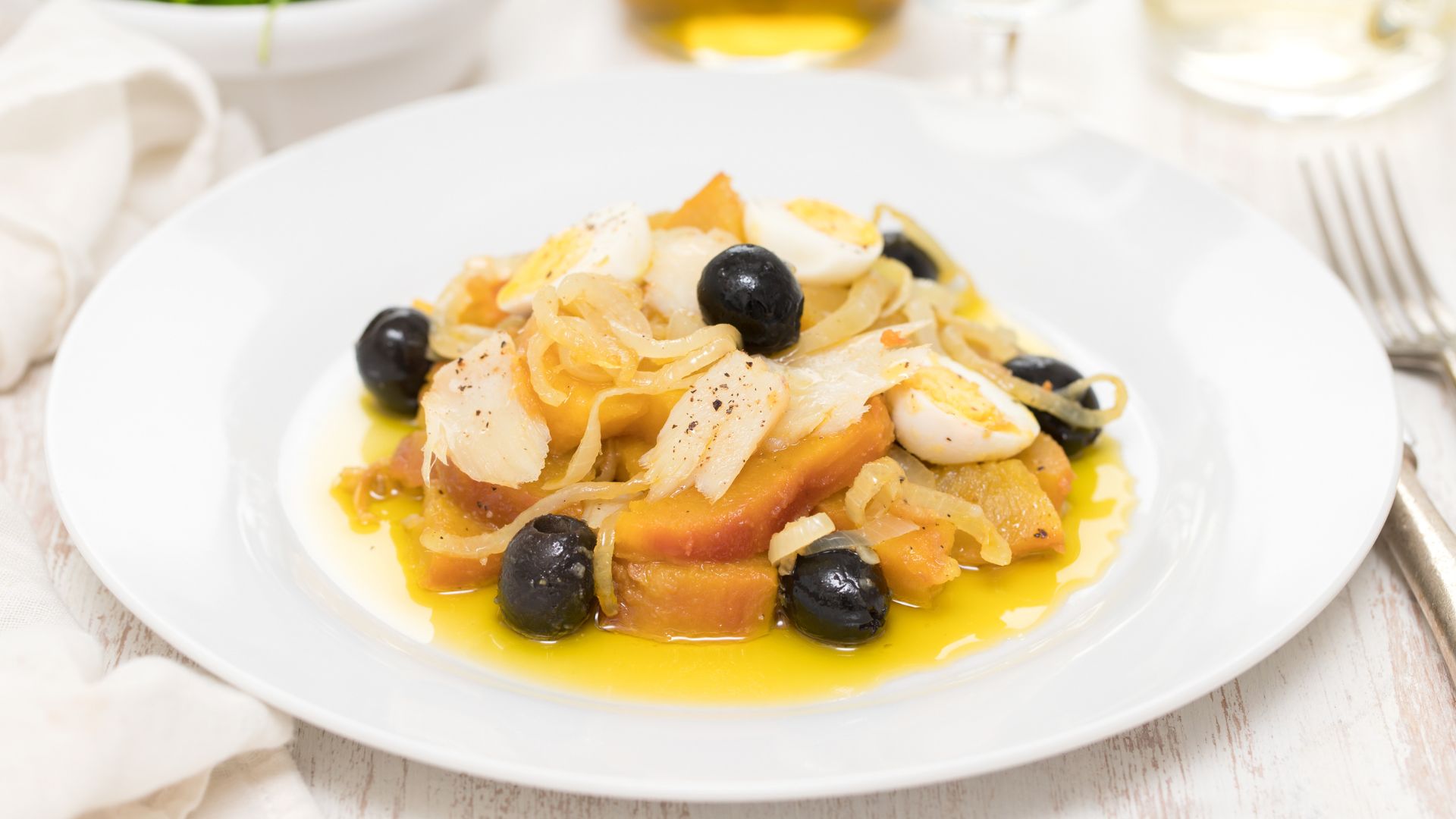

It’s honest food, hearty, and leaves a mark.
Fado Music and the Portuguese Way of Life
Evenings on the river often wrapped up with fado music—a style that’s pure Portugal, full of longing and nostalgia, or saudade. One night, the ship’s lounge filled up with gentle guitar and a singer’s voice, and suddenly everyone just listened.
Locals say fado goes beyond performance; it’s how people share stories of love, hardship, and daily life in the valley.
For me, hearing live fado by the riverbank, tasting port at dusk, and chatting with winemakers really brought the Portuguese way of life into focus. It’s honest, unhurried, and warm, especially to visitors.
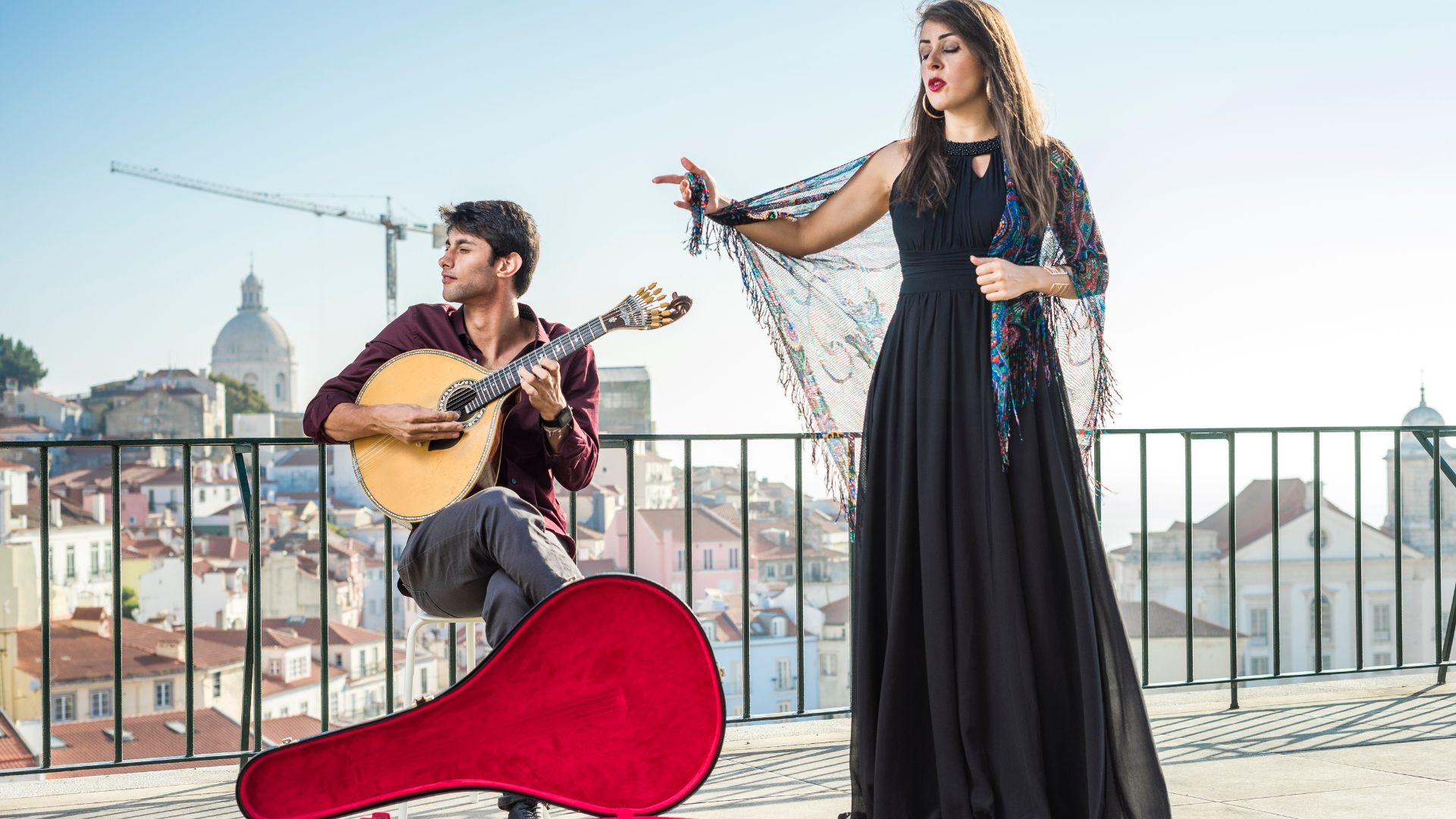
Must-See Destinations & Unmissable Shore Excursions
Gliding down the Douro, every stop felt unique—steeped in tradition, full of striking landmarks, and packed with memorable adventures beyond the riverbanks. Exploring these places gave me a deeper sense of the valley’s beauty and its story.
Historic Towns and Villages: Lamego, Vila Real, and Castelo Rodrigo
Stepping into Lamego felt like a highlight. The town’s grand baroque staircase climbs up to the church of Nossa Senhora dos Remédios.
I took my time on those steps, admiring the blue and white tiles and the view across the rooftops.
Vila Real brings out the charm of northern Portugal. Its old town has small shops and cozy cafes, and the whole place feels laid-back and welcoming.
It’s also close to plenty of manor houses and vineyards.
On one of my favorite excursions, I wandered the medieval streets of Castelo Rodrigo. The stone walls and ancient homes feel almost untouched by time.
Try the local almonds and honey if you visit—simple, but so good.
Iconic Landmarks: Mateus Palace and Douro Museum
The Mateus Palace in Vila Real really stands out. Its pinkish facade, ornate gardens, and mirrored lake look just as stunning in person as in all the photos.
Inside, you’ll find rooms filled with art and antiques, giving a glimpse into Portugal’s noble past. Walking the grounds felt like stepping into a different era.
The Douro Museum in Peso da Régua taught me more about winemaking and the valley than any guidebook ever could.
Interactive exhibits, old wine presses, and tastings made it easy to see how deep wine runs in the region’s veins.
I walked out with a new appreciation for the traditions behind every bottle.

Day Trips: Lisbon, Madrid, Salamanca, and Braga
River cruises often include day trips to bigger cities like Lisbon, Madrid, Salamanca, and Braga.
I took a full-day trip to Salamanca, Spain, and loved wandering the famous Plaza Mayor. The architecture is something else, and the cafes around the square are perfect for people-watching.
Lisbon dazzles with old trams, winding alleys, and those endless views over the Tagus River.
If you can spare the time, a day trip from the Douro easily fits in some local pastries and the city’s main sights.
Braga stands out for its historic churches and lively streets. The cathedral and bustling plazas kept me busy for hours.
Each day trip brought a different taste of Iberian life, letting me see more than just river views.
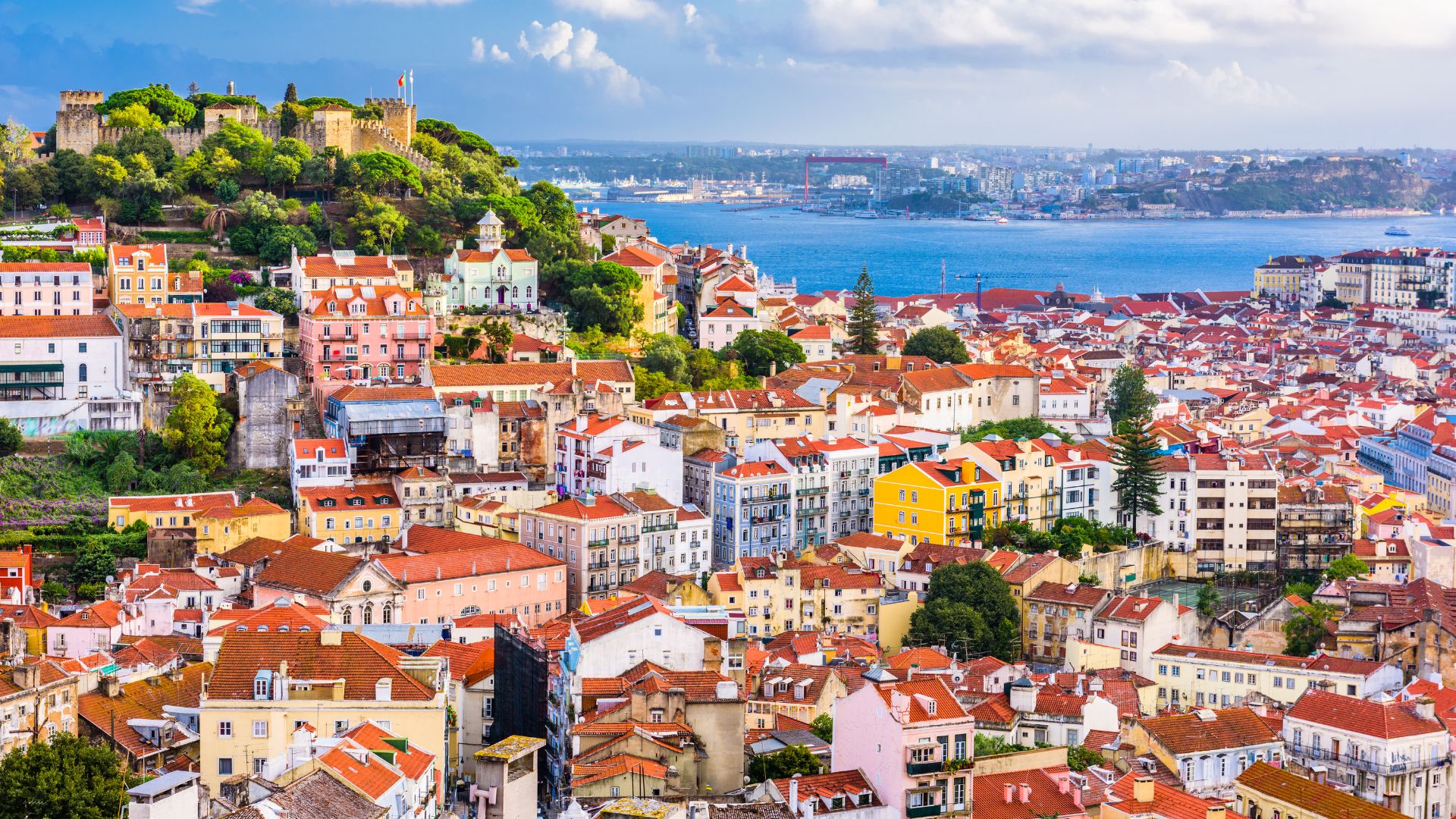
Active Adventures and River Life Beyond Wine
The Douro River Valley is famous for its wines, but honestly, there’s so much more going on. I found adventure in the hills, on the river, and even in the history of those old riverboats.
Hiking the Scenic Hills and Vineyards
In the cool mornings, I laced up my shoes and hit the hiking trails winding through terraced vineyards. The landscape rolls with green slopes and golden fields, dotted with olive trees and wildflowers.
Trails near Pinhão or Peso da Régua are well-marked and easy to follow—even if you’re new to hiking. Along the way, I found overlooks with sweeping views of the river below.
If you want more of a challenge, some paths climb steeply between tiny villages and old wine estates. It’s a close-up look at local life, with the chance to spot wildlife and enjoy the quiet among the vines.
Don’t forget sunblock and plenty of water—the midday sun gets strong.

Kayaking and Cycling Along the Douro
Kayaking on the Douro turned out to be a highlight. The river moves slowly here, so even beginners like me can relax and just take it in.
Paddling past terraced hills, I spotted herons and kingfishers at the water’s edge.
You’ll find kayak rentals and guided tours in Porto and Peso da Régua. If you’d rather stay dry, cycling routes follow quiet back roads through wine villages.
Cycling tip: If the hills look daunting, rent an e-bike—there are plenty around. I stopped in small towns for coffee or to peek inside old stone churches.
Whether you’re biking or paddling, it’s a great way to slow down and soak up the rhythm of river life.
Rabelo Boats and the Legacy of River Transport
Long before sleek riverboat cruises, rabelo boats ruled the Douro. These flat-bottomed wooden boats carried barrels of wine, drifting downstream to Porto’s cellars.
On my trip, I spotted a few restored rabelos tied up along the quays. Seeing them up close made me wonder how it must have felt to navigate the river back then.
Plenty of river cruise companies now offer short rides on these old vessels. It’s not just about snapping a photo—the creak of the timber, the splash of oars, and watching the captains steer by hand all make you feel part of something old and real.
Here’s a quick table comparing river cruises and rabelo rides:
| Experience | Modern Cruise Ship | Rabelo Boat |
|---|---|---|
| Comfort | Luxurious, spacious | Simple, open-air |
| Duration | All day or multi-day | 30 min to 2 hours |
| Atmosphere | Social, lively | Authentic, traditional |
| Route | Long (valley to Porto) | Shorter, near main towns |
Rabelo boats still stand as a proud symbol of the Douro. They remind locals and visitors how people lived when the valley’s only real access was by river.
When you step aboard, you don’t just see the region’s story—you feel it in a way that’s tough to match from a big ship’s deck.
